As a homeowner in New Jersey, storm damage can be one of the most destructive, costly and scary experiences you might encounter. Unfortunately with our mild climate, storms occur often during all times of the year! While nothing is fully guaranteed to protect your home from potential damage due to severe weather systems, there are some important steps that homeowners should take as precautions - and Green Restoration & Reconstruction is here to help support your needs if storm damage strikes. In this blog post we’ll discuss practical ways for protecting your home from possible storm damages in New Jersey.
Understand Your Risk of Storm Damage in New Jersey
New Jersey, often referred to as "The Garden State," is no stranger to the wrath of Mother Nature. As a coastal state, it is susceptible to frequent and powerful storms that can result in significant damage to property and infrastructure. Understanding your risk of storm damage in New Jersey involves recognizing the potential hazards associated with living and working in this location. Tropical storms, hurricanes, snow blizzards, and even tornadoes can all wreak havoc on this beautiful state. No matter where you reside in New Jersey, being aware of the risks and taking preventive measures is essential. By staying informed about weather conditions and implementing necessary preparedness measures, you can reduce the impact of these storms on your life and lessen the potential for property damage or injury. Embracing this awareness will not only safeguard your assets but also contribute to a more resilient community, better equipped to face the challenges posed by severe weather conditions.
Prepare Your Home for Storms with Proper Maintenance
When it comes to protecting your home and family from the adverse effects of storms, proper maintenance is essential. An adequately maintained home not only ensures everyone's safety inside but also helps minimize potential property damage during these inevitable natural occurrences. Begin by assessing the integrity of your roof, windows, and doors, as these should be capable of withstanding harsh weather conditions. Furthermore, regularly trim branches or remove trees that might pose a threat during strong winds, as well as secure or stow away outdoor items that could be hazardous if tossed around. Additionally, keep gutters and downspouts clean to allow for efficient water flow and avoid any potential flooding issues. By paying extra attention to these vital details, you can provide a more secure environment for your loved ones, while also preserving the long-term value of your cherished home.
Be Aware of the Different Types of Storm Damage
As we go through life, it's important to be aware of and prepared for the different types of storm damage. Weather-related havoc may often be unpredictably devastating, but by familiarizing ourselves with the varied ways in which storms can inflict harm, we are better equipped to handle these natural disasters. From the brute force of hurricanes to the stealthy destruction of hailstorms, every storm has its own mechanism of causing damage. Be it the torrential downpour of a rainstorm overwhelming a home's foundation or the merciless winds of a tornado tearing rooftops apart, numerous unforeseen consequences can arise from these turbulent events. It is crucial for individuals to not only heighten their knowledge about storm damage but also to take the necessary precautions—such as reinforcing their homes, acquiring insurance protection, and creating emergency response plans—to protect their loved ones and property from these jeopardizing calamities.
Invest in Home Insurance to Protect Your Assets
Home insurance is a crucial component of being a responsible property owner, as it allows you to safeguard your valuable assets in the event of unexpected disasters or unforeseen damages. By investing in a robust home insurance policy, you have the peace of mind knowing that your hard-earned investments are protected, giving you the confidence to focus on living a fulfilling and stress-free life. Incidents such as theft, fire, natural disasters, or accidents in the home can lead to devastating financial losses that can be overwhelming to cope with. With the right home insurance coverage on your side, you can mitigate the impact of any unfortunate circumstance and maintain your family's well-being and the stability of your financial future. So, take the proactive step of exploring various home insurance options available in the market, and find a solution tailored to your unique needs that will protect both your physical and financial assets.
Know How to Safely Secure Your Property During a Storm
As unpredictable and destructive as storms can be, it is essential to ensure the safety and security of your property during such challenging times. Taking proactive measures not only limits the potential damage to your home or business, but it also gives you priceless peace of mind. To effectively safeguard your property, make it a priority to inspect your roof and gutter system for any vulnerabilities, as these are often the first line of defense against strong winds and torrential rains. Equally important are securing outdoor items and debris that could become hazardous projectiles in the midst of a storm. Moreover, investing in storm shutters and reinforcing weak spots in doors and windows can significantly reduce the likelihood of forced entry or unwelcome intrusions by stormwater. Above all, always follow local weather alerts and emergency guidelines because staying informed is the key to staying safe. Do not hesitate to consult with professionals for an expert assessment and personalized guidance on fortifying your property for severe weather events.
It is important to take the necessary precautions to protect your home before, during, and after a storm hits. New Jersey residents need to be aware of their risk of storm damage, have proper maintenance of their home, be knowledgeable of the different types of damages that can occur due to storms, have homeowners insurance for protection against extreme weather, check the local forecasts before leaving home, and know how to safely secure a property in an emergency. Taking these steps can make a huge difference when it comes to protecting your family and property from extreme weather. For those times when you find yourself needing aid after storm damage has already occurred, Green Restoration & Reconstruction can step in to help restore your home so you can get back on track quickly.
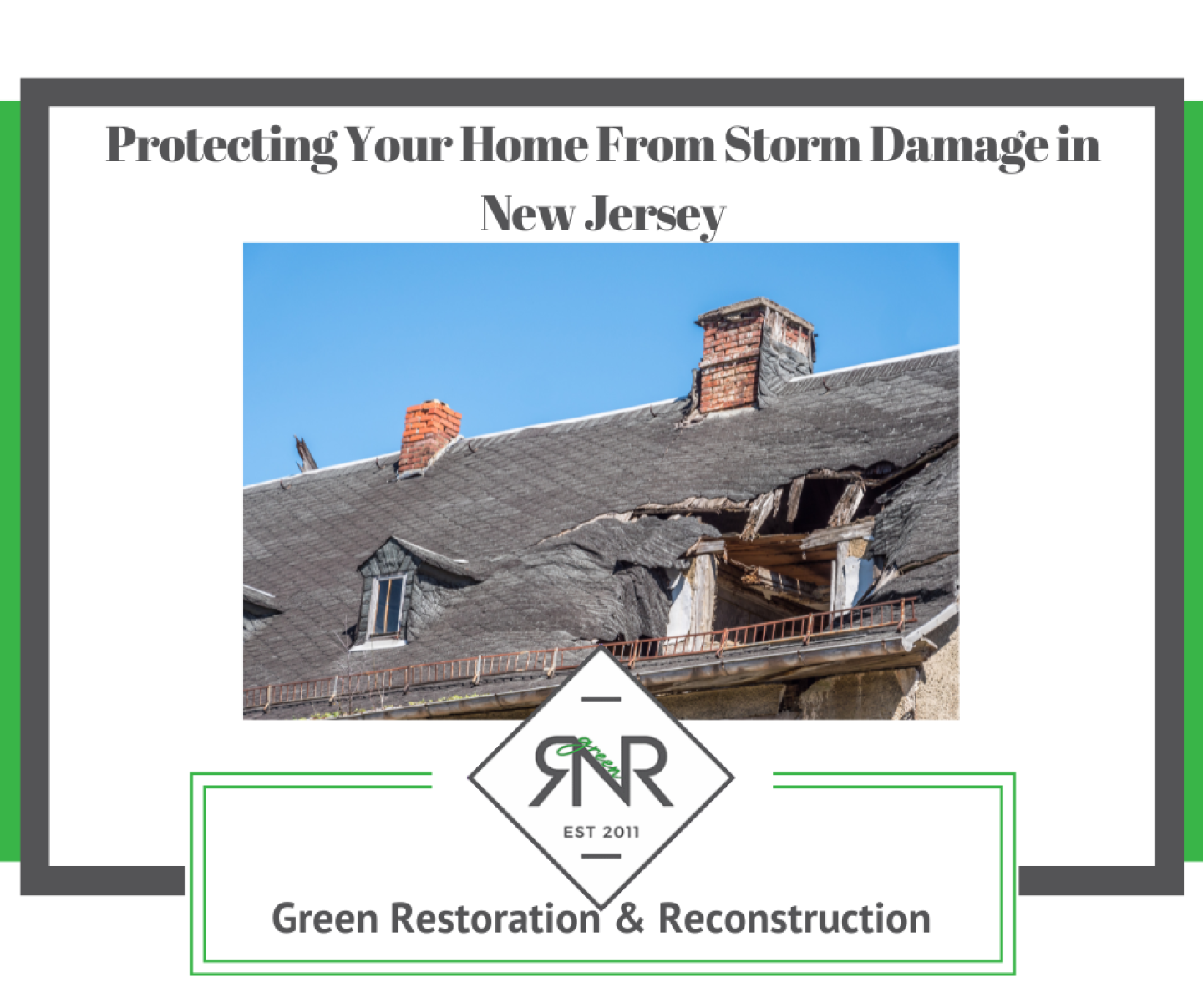
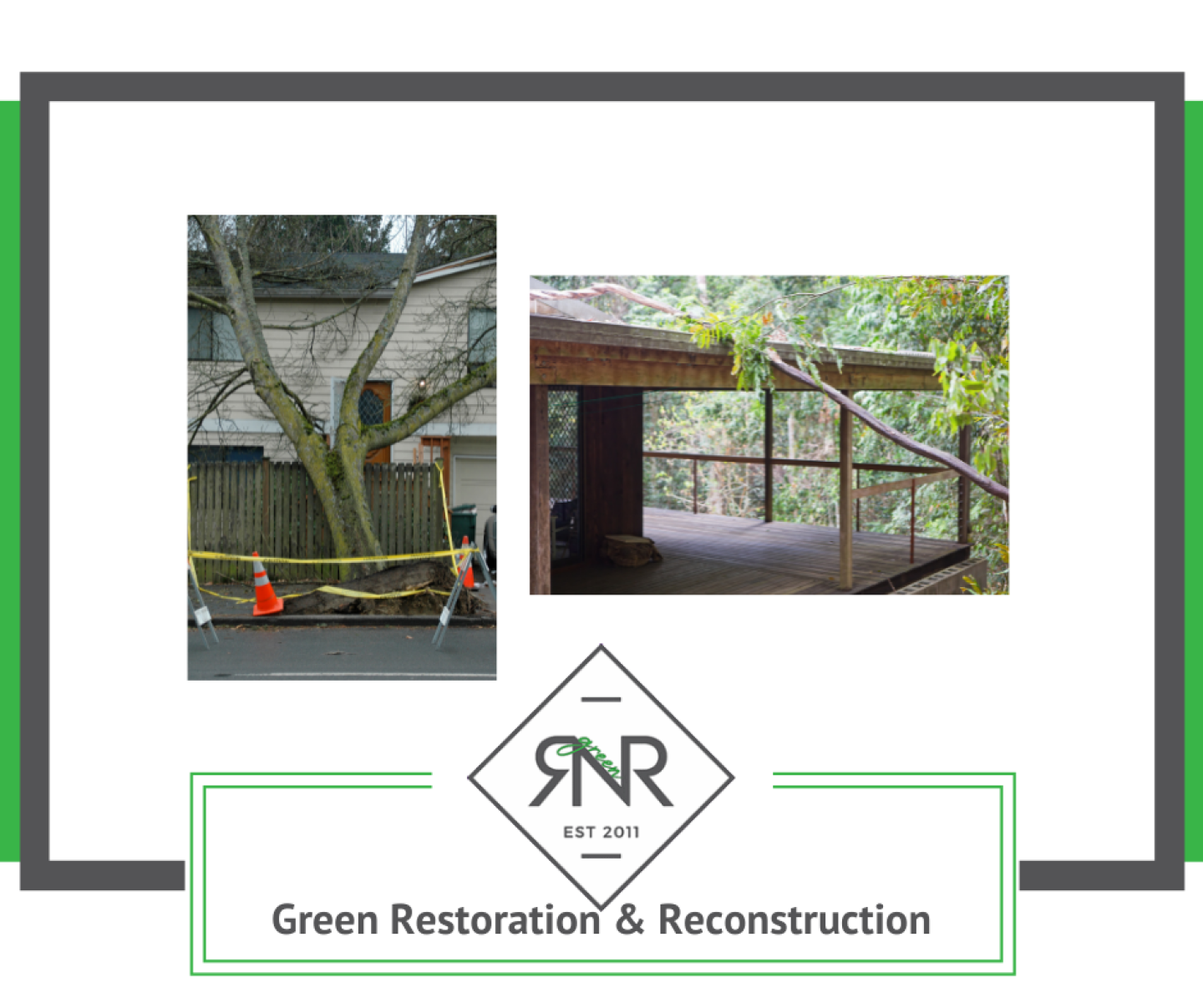
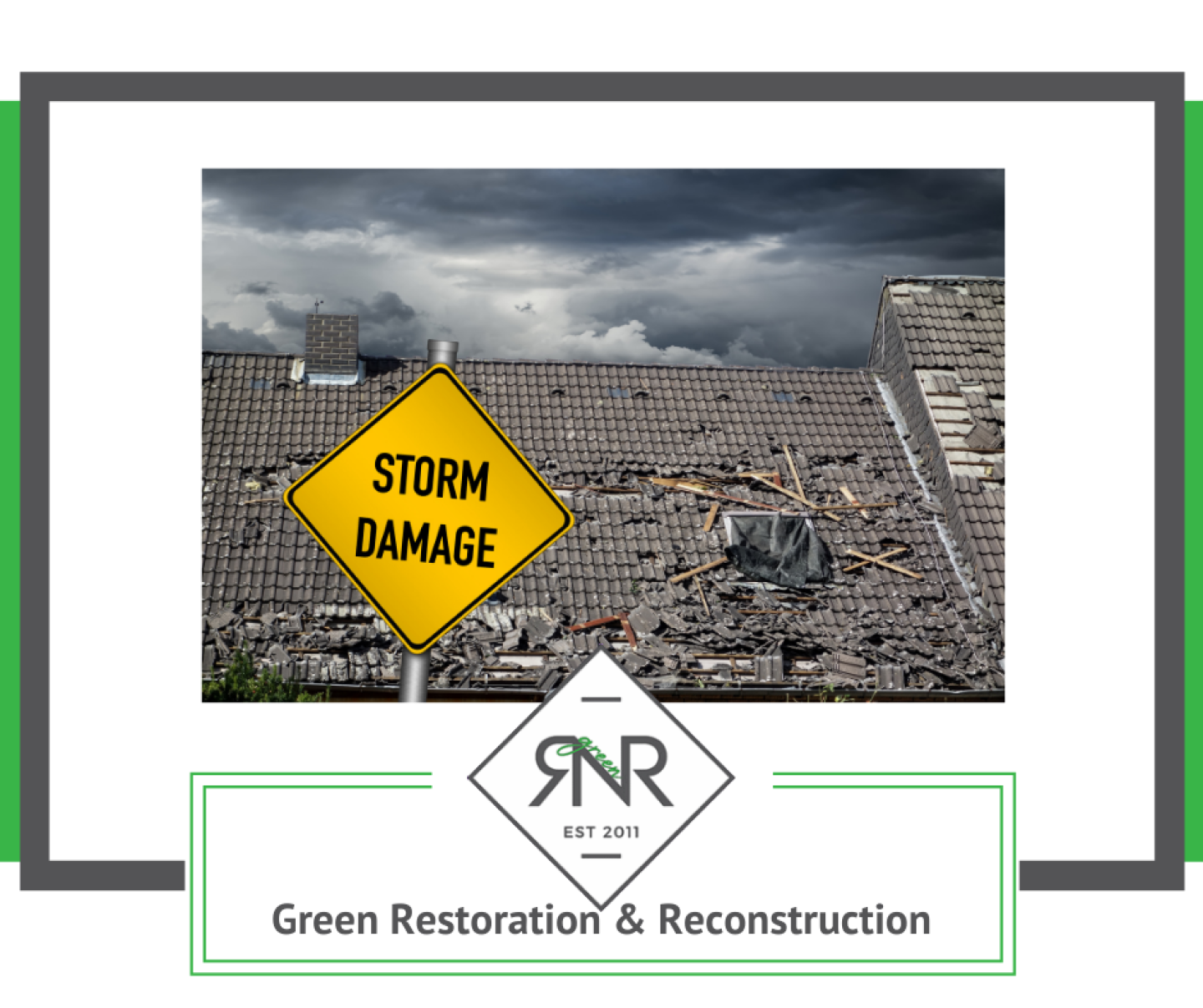
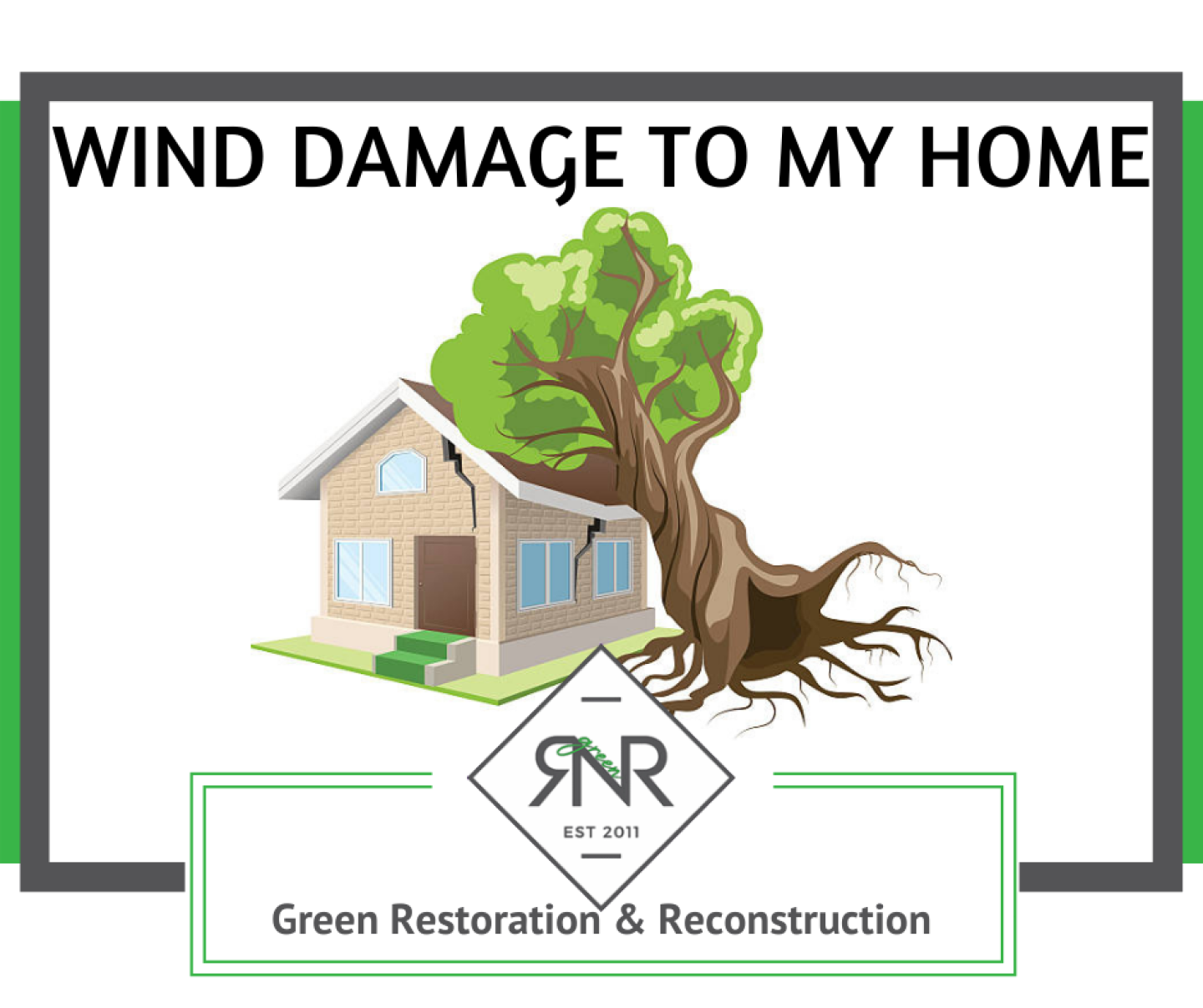
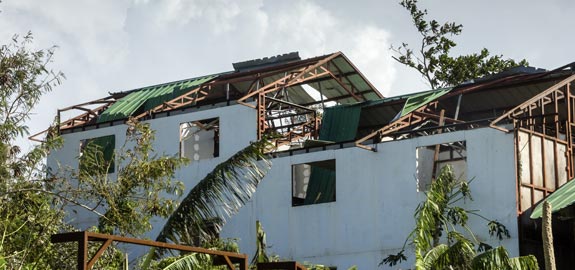


Recent Comments